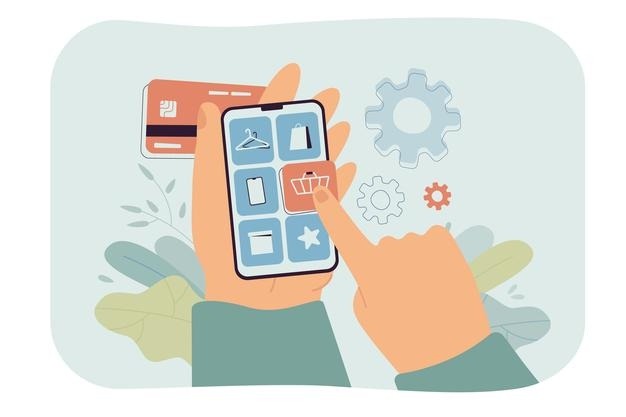How to Make the Payment Gateway Secure and Protected?
Payment gateways must ensure that merchants always receive funds from customers upon purchase and are not concerned with credit risk or the possibility of fraud.
Even so, it is nearly impossible to completely eliminate fraud. Fraudsters' methods are constantly improving, so such a disaster could happen to anyone.
However, by utilizing a secure online payment gateway, you can significantly reduce the likelihood of fraud and theft. The methods listed below can help you provide secure payment on your website or program.

SSL for Secure Connections
SSL must be used to protect every transaction that occurs on your company's website or mobile application. With the help of SSL, you can encrypt the confidential data of your customers' bank cards, keeping this information safe from fraudsters.
The use of such technology not only increases payment security but also makes customers more likely to buy. A padlock icon in the address bar indicates SSL, and web addresses begin with HTTPS.
When a user sees such an icon, he understands that he can make purchases on your site without fear of his data being compromised.
You must ensure that the secure payment provider you are using uses HTTPS for all of their services and that they also have an SSL certificate.
Furthermore, you should check the information about the certification authorities that you or they use on a regular basis. This will help to keep your secure payment at a high level.
PCI Certificate
PCI compliance is required when accepting payments on your website. The Payment Card Industry Data Security Standards (PCI DSS) include guidelines that merchants must follow when processing payments to protect sensitive user data. This standard's requirements include the following:
1. Use validated payment software at the point-of-sale or in the website shopping cart;
2. Do not store sensitive customer data on computers;
3. Encrypt customer data transmission across any open public networks;
4. On networks and PCs, use a firewall.
5. Teach employees about security precautions, such as how to protect cardholder data.
One of the best pieces of news is that merchants are not required to adhere to or comply with PCI standards. All they have to do is select the most suitable service provider.
Sellers can rely on the best payment gateway to adhere to industry security standards and provide data encryption, as mandated by PCI.
As a result, if the merchant follows these security standards, he can be confident in a secure online payment gateway. As a result, payment gateways serve as third-party solutions that provide merchants with the most up-to-date security measures.
Tokenization
Tokenization replaces all sensitive user data with a set of randomly generated characters. The use of this technology reduces the risk of data loss significantly.
One of the most effective methods is to use a token, which is a genuine bank card number. Following the transaction, the user's confidential data is sent to a special server and securely stored.
In addition, the seller receives a one-of-a-kind number. The client can use this number to make purchases on the website or in the program. He doesn't have to re-enter all of his information; he can pay with a single click.
Payment gateways with tokenization will help you reduce the risk of payment fraud. You do not have to keep all of your customers' information, such as bank and credit card information, on your server.
It is also critical that the data is encrypted before reaching the database server.
3D Secure Authentication
Three Domain Secure (3D Secure) is a messaging protocol that involves three domains: the bank, the technology that processes the transaction, and the issuing bank.
This is an additional layer of security that aids in the prevention of fraudulent transactions without the use of a physical bank card. Furthermore, by employing such technology, you automatically shift responsibility from yourself to the issuing bank.
As a result, when a user makes an Internet purchase, he must always confirm the transaction with a generated password or a one-time PIN sent by SMS from the bank. This will significantly improve your defense.
Conclusion
It is important to note that there are several rules that both sellers and customers must follow in order to secure their business and conduct secure transactions. If companies want customers to be able to securely purchase their products or services directly through their website or mobile app, they must use all of the methods described above.
Customers should check the websites where they make purchases to ensure that their personal information does not end up in the hands of scammers. It is also critical to enter only the information associated with a bank card and to never send scanned documents or bank card copies.
Companies typically find it difficult to develop their own payment gateway. There are numerous companies involved in the development of financial software today. However, not every business can provide quality services and produce a truly high-quality product.
Advertise on APSense
This advertising space is available.
Post Your Ad Here
Post Your Ad Here
Comments